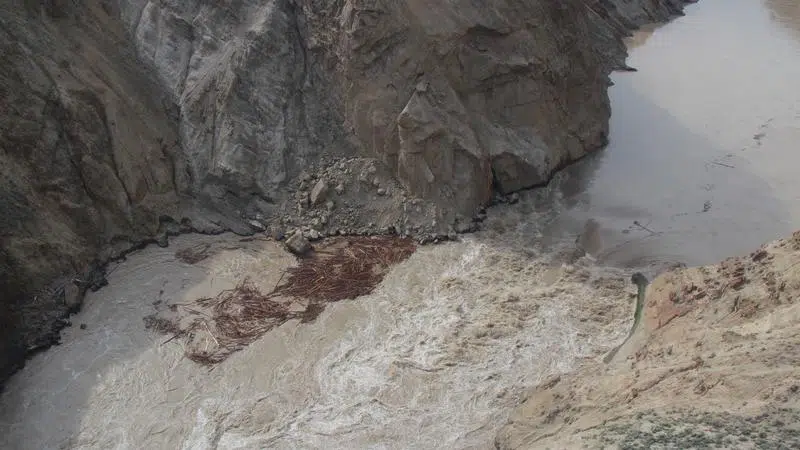
Work continuing to clear Big Bar slide for migrating salmon
KAMLOOPS — Slow and gradual success is being reported by officials behind work to restore the natural passage of migrating salmon past the Big Bar landslide north of Lillooet.
More than a month since the slide, a team of workers representing Indigenous, provincial and federal government interests are maintaining a positive outlook.
The integrated Incident Command spokesperson Al Magnan, says work to make the river passable, is moving ahead.
“The strategic placement of boulders, the clearing of log debris and the installation of a fish wheel are all actions that are well underway in the area,” said Magnan. “Progress is being made daily.”


